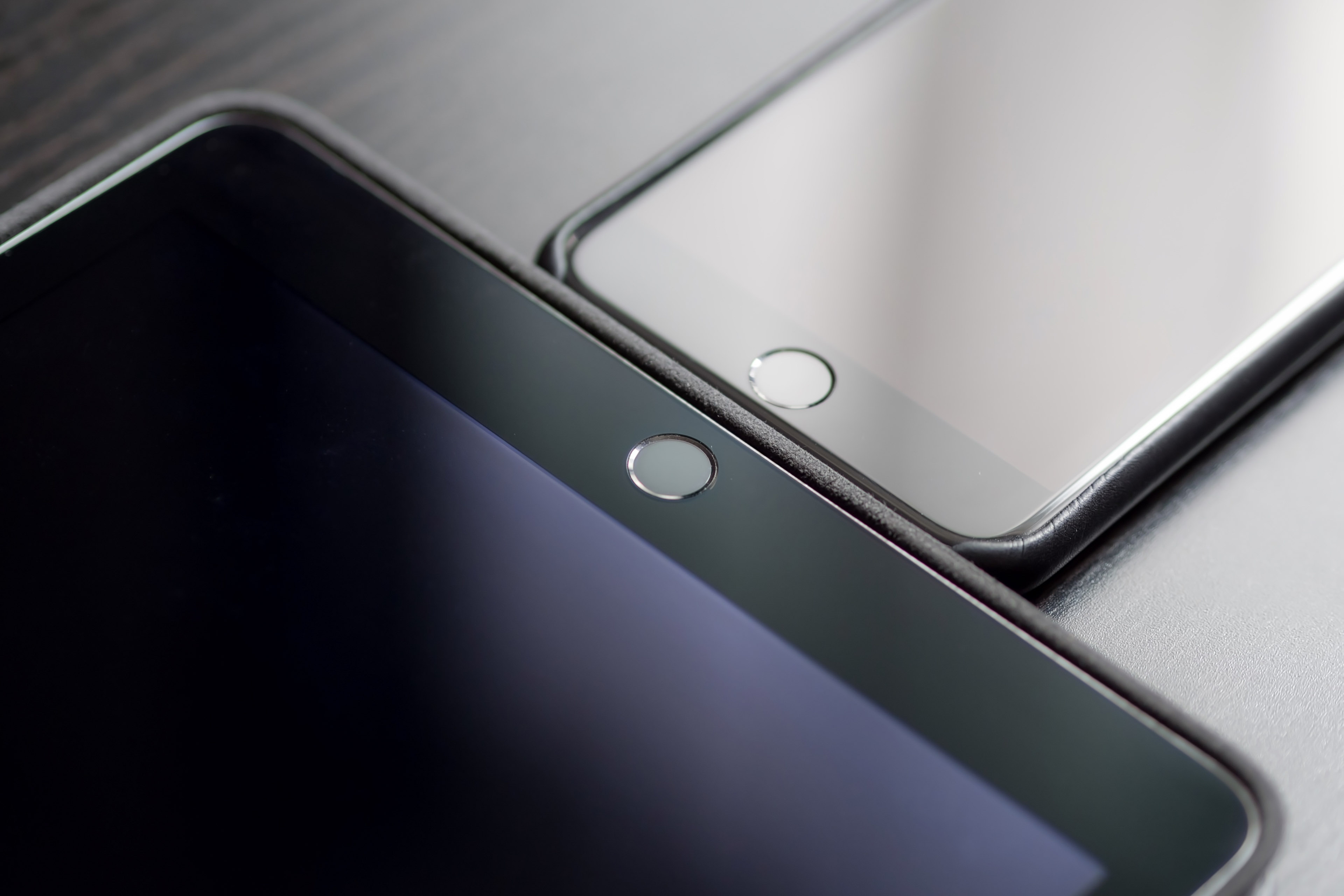Marius and I return to discuss Marius’ weekend with a Canon 5D Mark IV. Then it’s time to unpack Apple’s WWDC announcements as they pertain to photography, with a special iPad Pro segment featuring friend-of-the-show Thomas Wong.
Candid, Episode #44: The Sony a9 →
This week on the podcast, the whole gang is back together to talk Sony – the a9, the 100mm Macro, the 100-400mm GM, expanded Pro support, and more!
Note: we experienced some technical difficulties with the recording, so please forgive the degraded audio.
Candid, Episode #43: Street Photography →
This week on the podcast, Marius and I catch up on a bit of news before diving into the wonderful world of street photography: what it is, how to approach it (including getting over the fear of starting), and some of our favorite tools & techniques.
My review of the stunning Sony Zeiss Distagon T* FE 35mm f/1.4 ZA lens was published today on Tools & Toys.
This review is a special one for me. I’d been after this lens since it was announced a few years ago, and ever since I finally got it this summer I’ve been fighting the urge to write my hot take on it.

It would have been fun, but this time I felt like I needed to use the lens for a good, long while before putting my thoughts out there. Rushing to judgement is never a good idea, and I really didn’t want to spoil this one because I had a feeling it was going to be one of my all-time favorite lenses.

Now, after six months or so I finally feel prepared to review this lens, and I’m happy to say my take on it remains as enthusiastic as it was on day one. The Sony Zeiss 35mm f/1.4 is an absolute stunner of a lens, and I’m so glad I bit the bullet and bought it despite the steep $1,600 price.

This is also a special review because it’s a pretty obvious love letter to Madrid — more so than any of my previous reviews. I’ve never been shy about telling people just how great a city Madrid is, but this is one of the first times when I feel like I’m actually able to show them. And it feels great.
If you have some time, grab yourself a nice beverage and head on over to Tools & Toys for the full review.

A Candid Conversation with Erin Brooks →
Erin Brooks, iPhoneographer extraordinaire, joins us for a far-reaching chat about modern photography. Along the way, we find out about her involvement in the Shot on iPhone campaign for Apple, her favorite apps for editing, and where a standard mirrorless camera fits into her workflow.
Erin is such an awesome guest. Trust me, you’re not going to want to miss this one.
Candid Conversations: Adobe’s Josh Haftel →
This week’s show features Josh Haftel, product manager for Lightroom Mobile at Adobe. He joins us in a wide-reaching discussion about the state of mobile photography, the future of imaging technology, and where Lightroom fits into the picture. Tons of really cool stuff to unpack in this one.
iTunes Terms and Conditions: The Graphic Novel →
Best thing I’ve seen in a long time. Just click, I don’t want to spoil it for you.
Earlier this week Apple published their latest quarterly results, including record revenue and iPhone sales. Meanwhile, though, iPad sales were once again down year-over-year, in a trend that’s starting to get too long to ignore.1
I’ve been thinking a fair bit about the future of the iPad lately. This recent article by Marco Arment does a good job of summarizing how I feel about it:
What if the iPad isn’t the future of computing?
What if, like so much in technology, it’s mostly just additive, rather than largely replacing PCs and Macs, and furthermore had a cooling-fad effect as initial enthusiasm wore off and customers came to this conclusion?
That sounds about right to me. I’ve owned an iPad ever since the iPad 2 was released in early 2011, almost six years ago. Since then, I’ve also owned an iPad 3 — the first iPad with a Retina screen, which was absolutely gorgeous — and now an iPad Air (first generation), which is the newest computing device in my house aside from my iPhone 6S. It’s way more modern than both my 2008 iMac and my 2010 MacBook Pro, and still runs pretty much as fast as it did when I bought it.
I’ve used and loved every one of my iPads, but a few months ago I started noticing a worrying trend. It doesn’t feel like it, but the truth is I haven’t regularly used my iPad Air in a very long time. So long in fact, that the last couple of times I reached out for it I discovered it was out of battery. And these things take a long time to discharge.
If I try to remember the last time I was amazed by an iPad app, I draw a blank. I just can’t seem to find a use case for it. When I’m on the couch I prefer to use the MacBook, and when I’m at my desk I’d much rather use the iMac. The rest of the time, well, that’s what the iPhone is for.
Pretty much everything I do on a computing device is easier to do or just plain better to do on either one of my Macs than it is on the iPad, and I can’t find anything in my workflow that can only be done on the iPad. Figuring out the right workflow and combination of apps to accomplish fairly trivial tasks seems like an awful lot of work most of the time, and at some point I guess I simply stopped trying. Plus, to be fair, I love the Mac. I always have, and I’m not looking to replace mine anytime soon.
Your mileage may of course vary, but at the end of the day, I believe that’s the problem for me: I just prefer the Mac platform, and it’s going to take more than feature parity for the iPad to eclipse that.
I suppose it could just be that I’m too set in my own ways to appreciate the wonders of the iPad. I’m well aware I’m not your typical consumer, but what if I’m not in the minority here? What if most people, regular consumers included, feel the same way?
Skating to where the puck is going to be
If the iPad is to be the future of computing, it doesn’t just need to be able to do the same things we do on a Mac today, it needs to unlock entirely new ideas and tasks that we never even thought to attempt on the Mac. That’s the path forward, and it’s all about the software.
I don’t think there’s anyone left out there complaining that their iPads are not fast enough these days, or that battery life isn’t good enough. Similarly, screens are gorgeous, storage is ample, and wireless connectivity is better than ever. By all accounts, the iPad is a mature product line hardware-wise, and yet it is still very much in its infancy when it comes to software.
The early days of iOS on the iPad were extremely promising, as the larger canvas enabled third party developers to come up with lots of really innovative ideas. However, somewhere along the way development of iPad-specific features in iOS seemed to stall and it never meaningfully picked up again, leaving many of those developers hamstrung by the limitations of the OS.
What does a mature and advanced OS for the iPad look like? I have no idea, but I can’t help but feel there’s still a lot of untapped potential for it. There has to be.
There’s a problem, though. In order to move the needle, Apple will probably need to increase the resources they’re putting into the development of iPad-specific — or even iPad-only — iOS features, and as of today, iPad sales numbers don’t seem to warrant that. It’s a bit of a catch-22: sales probably won’t pick up until Apple makes substantial improvements to iOS, but Apple can’t reasonably justify investing resources to make those improvements because current sales numbers are not only poor, they’re actually getting worse.
How to break the cycle, then? Enter Tim Cook.
For more than a few quarters now, Tim Cook has used the term “bullish” to describe his attitude towards the future of the iPad. This is a long-term game, and Cook appears to be convinced that the iPad has what it takes to bring about the next massive shift in computing for the masses. It’s a noble goal, and if there’s a company out there with the right corporate DNA to pull it off, it’s certainly Apple.
So far, it’s clear that Tim Cook plans to continue to invest in the iPad. But in the absence of strong sales, how long can he keep it up?
Look to WWDC in June for the first signs of change. If iOS 11 brings substantial new features for the iPad, it could very well signal the beginning of a historic turnaround. However, if Apple continues to neglect the iPad to focus on the — admittedly much more profitable — iPhone, we may have to start looking for the future elsewhere.2
-
Header image courtesy of Marius Masalar.↩
-
Not to be dramatic, or anything. The future of computing will happen anyway, who cares what it looks like as long as it’s better?↩
Candid, Episode #40: Medium Format—The Bigger Picture →
Leica and Fuji have both announced new products, including a competitively priced medium format system, the GFX. We take this opportunity to talk about Medium Format as a whole, and who might be most tempted to make the leap.
Candid, Episode #39: Everything Old is New Again... Except Lightroom →
This week Marius and I do our best to catch up on the deluge of photo news from the week. The Panasonic GH5, Kodak’s Ektachrome revival, and DJI’s supposed transition to Hasselblad ownership are all addressed, along with a wishlist for Adobe Lightroom in 2017.
Also, don’t forget to join the conversation in our new public Slack channel! We already have a great community, and it’s growing every day. See you there!

